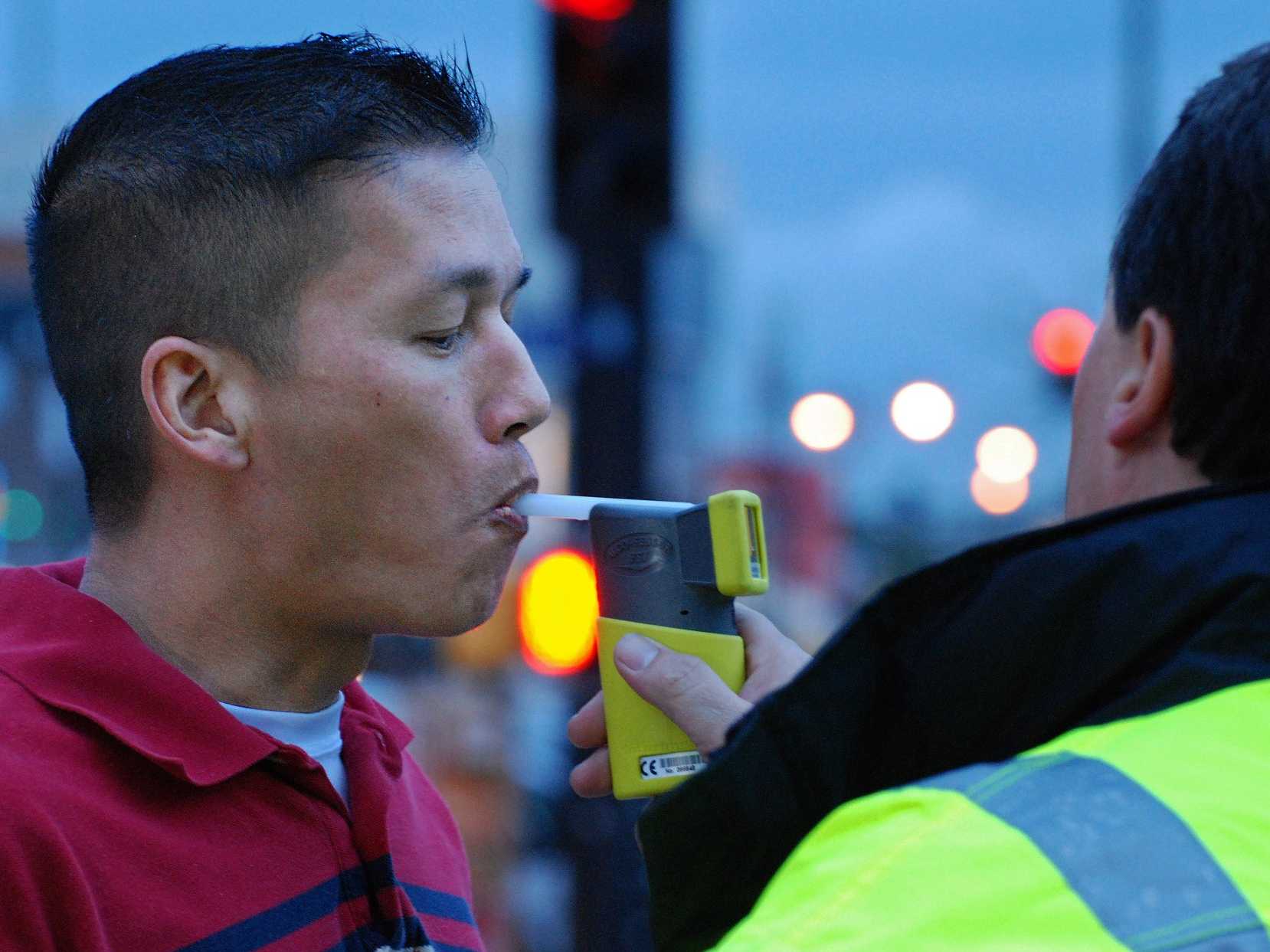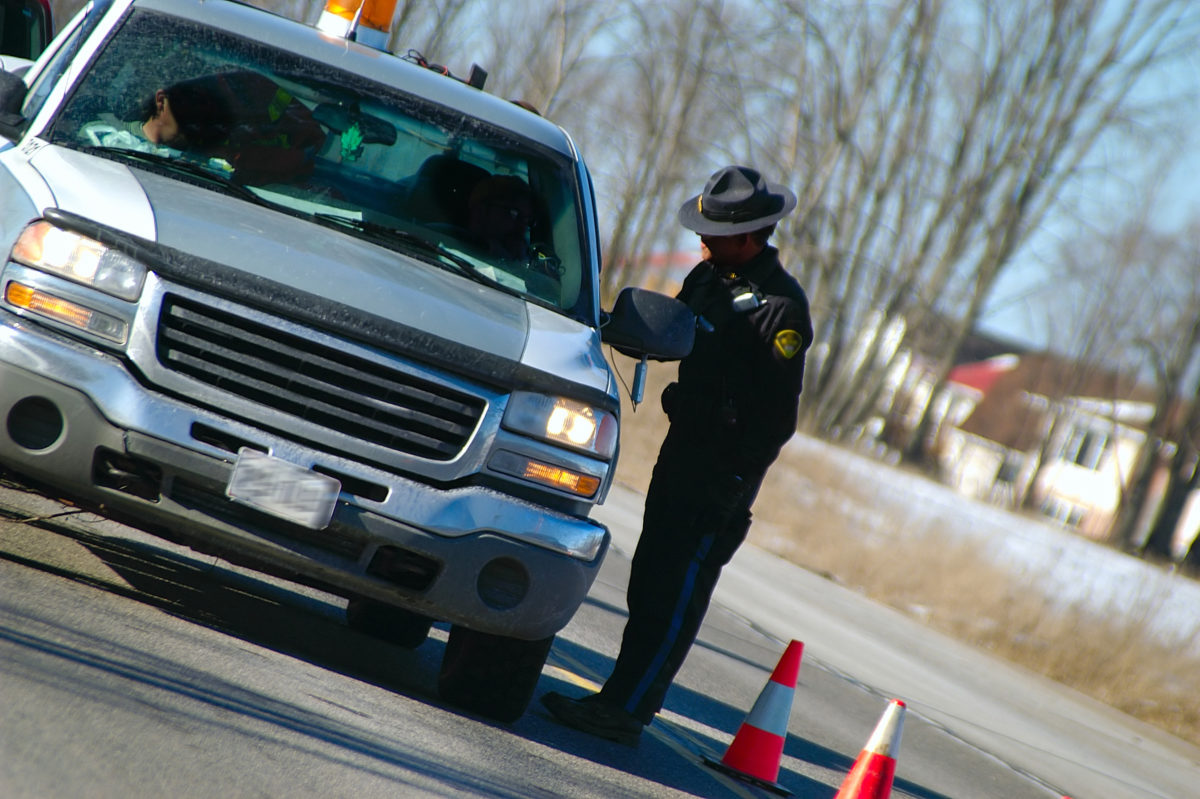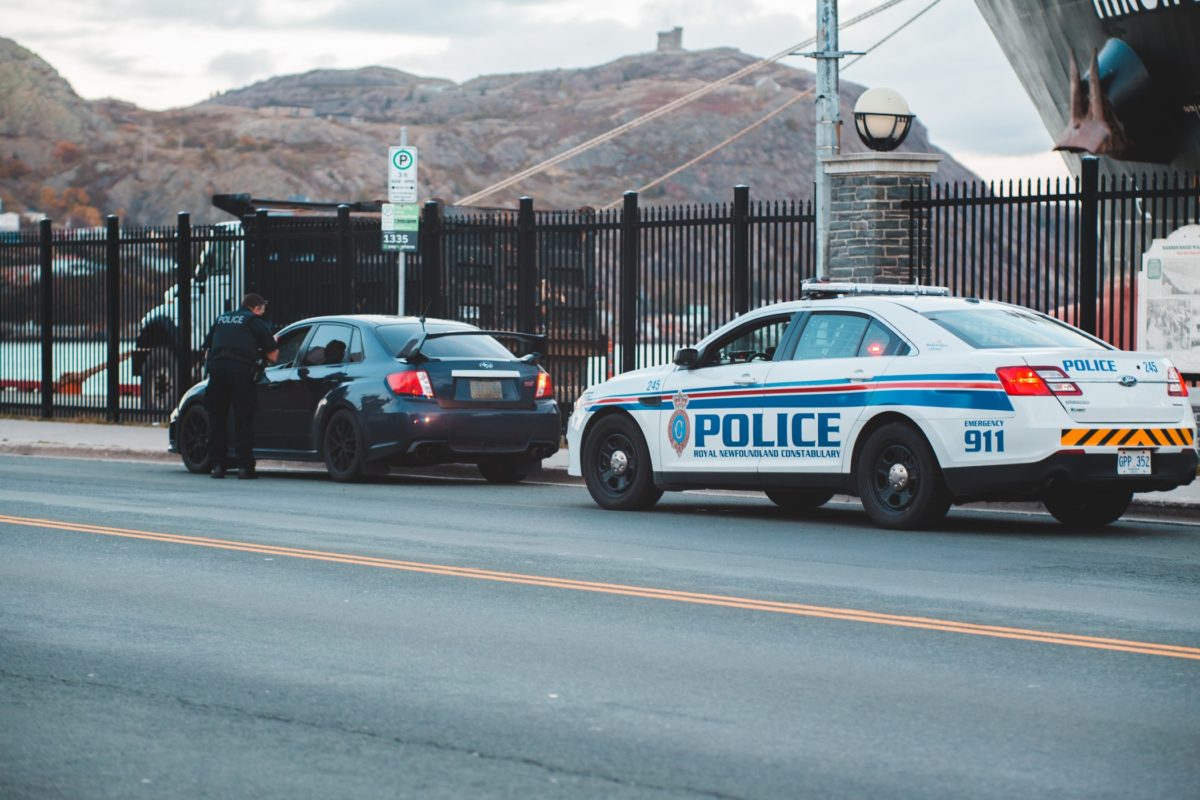
If you are a driver, you are probably aware that police use Breathalyzers to test a suspected alcohol-impaired driver’s breath to determine if the driver has been drinking. These breath-testing devices currently do not test for drugs other than alcohol, but if the California legislature approves a change to the law, the cops may be carrying “spitalyzers” to do the same kind of test for drugs.
Recently, Sacramento lawmakers began considering Assembly Bill 1356, which is a proposed amendment to California’s Vehicle Code section 23612. The law currently provides that a person who drives a vehicle in California is deemed to have given his or her consent to a chemical test of his or her blood or breath for determining the presence of alcohol in that person’s blood.1 This consent only is considered given if the person has been lawfully arrested for driving under the influence.
The proposed change would add drug tests of oral fluids and blood to the list of tests for which a driver is deemed to have consented. This would mean that if you are lawfully arrested for driving under the influence, not only would you be deemed to have given your consent to testing your blood for alcohol, but also the police would now be able to also test your blood or saliva for the presence of drugs such as marijuana or methamphetamine.
How the Test Works
To determine whether a driver should be arrested for driving under the influence, many police agencies in California equip their officers with preliminary alcohol screening (PAS) devices, which are used to analyze a driver’s breath for the presence of alcohol.
If the law is changed to include drugs, many agencies may begin to train and equip their officers to use devices that would collect and analyze your saliva to determine whether you have been under the influence of a drug while you were driving. Police officers could perform this test by collecting samples from a driver’s gum line or cheeks. The tip of the tool is then put into a portable machine for analysis, which can give results within a few hours of the test.
Drug Testing: Promoting Driver Safety or Trampling on Driver’s Rights?
Proponents of the new testing law claim that the drug testing equipment will lead to better detection of impaired drivers and more arrests, which will lead to safer roads for other drivers. Police departments also see these devices as a proactive step to prepare for the possibility that California’s voters may one day follow in the footsteps of Washington and Colorado by voting to legalize marijuana.
While there can be no arguing that having fewer impaired drivers on California’s roads and freeways is an important goal, there are still questions that need to be answered. Opponents of the change in the law are rightly concerned about the potential for police abuse. For example, the new testing devices could be a backdoor into arresting people who legally use marijuana for medicinal purposes, as THC can stay in a person’s system long after its effects have dissipated. This could mean that a driver who is not impaired at all could still be arrested for driving under the influence of a drug he or she used several days ago.
Opponents also point to the notion that drivers who use certain drugs do not show significant threat to public safety. Government studies on impaired driving indicate that users of marijuana present far less of a risk than drivers who have been drinking alcohol. The National Highway Transportation and Safety Administration’s (NHTSA) own study showed that “while drunken driving dramatically increased the risk of getting into an accident, there was no evidence that using marijuana heightened that risk. In fact, after adjusting for age, gender, race and alcohol use, the report found that stoned drivers were no more likely to crash than drivers who were not intoxicated at all.”2
Share Your Thoughts With Us
We at Wallin & Klarich would like you to share your feedback on this topic. Should California adopt the same rules of consent to drug testing that are currently applied to alcohol testing? Do different drugs deserve different treatment under the law? What are some solutions that you see could make California’s roads safer while protecting each driver’s personal liberties? Please feel free to leave your comments below.
1. See Cal. Veh. Code Section 23162(a).↩
2. Richard P. Compton and Amy Berning, “Drug and Alcohol Crash Risk,” U.S. Dept. of Trans. Rpt. DOT HS 812 117, February 2015, available for download at http://www.nhtsa.gov/staticfiles/nti/pdf/812117-Drug_and_Alcohol_Crash_Risk.pdf” ↩



